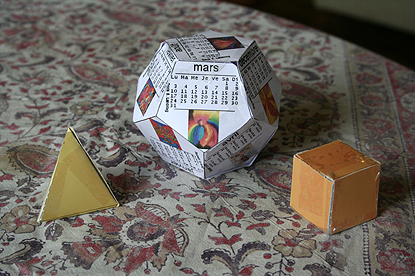I might be back blogging. I have been too busy/jetlagged/under-the-weather-due-to-overbusyness, etc… Still homeschooling though, so here is today’s best incident.
We were doing maths, when Antonia suddenly said “who wrote this book anyway?”. So I turned to the front and read her the names of the authors. “Humph!”, she said, “all men! I suppose that’s why there’s so many boys in it”.
I was quite surprised. I hadn’t noticed any such bias. But she is more sensitive to that sort of thing than me, and there certainly were no girls on that particular page. I decided to do a people count to see if she had formed a false impression. The book is divided into five sections, and after counting the first two, I though she was mistaken. The proportion of girls to boys was so close, it showed every sign of having been carefully engineered. Then I got to the third section, the one we are just finishing, and saw that she was very right indeed.
Perhaps the worst thing was that I then started noticing the ratio of adult women to men throughout the book, which is very poor. And whilst many of the men were professionals of various kinds, almost all of the few women were somebody’s mother or a customer. Here are my results.
Section 1 2 3 4 5 ________________________________ Girls 42 28 27 23 20 Boys 41 26 43 28 24 Women 1 9 5 4 5 Men 4 12 16 19 15
I won’t name and shame the maths book. For one thing, I’m otherwise very pleased with it. For another, it’s a French one, so I don’t imagine many people who happen here would be using it. I just thought it was very interesting that some children actually notice these things. So yes, it probably is worth making the effort to be ‘politically correct’.
Now I suppose I should get my act together and write a letter to the publisher, saying how much I like their book, but…
